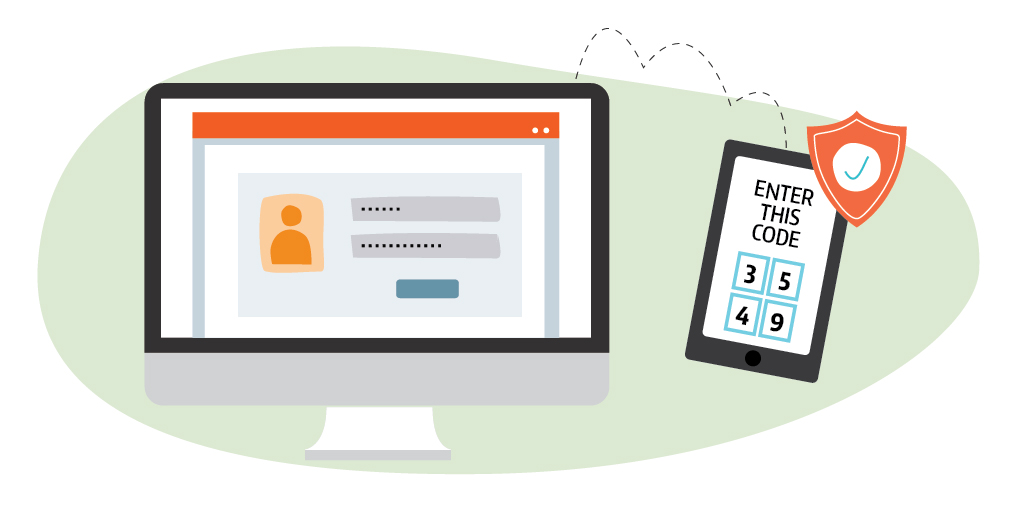
Turn on Multifactor Authentication.
MFA can add a layer of security to your login authentication process. MFA authentication requires the user to provide 2 or more forms of verification in order to gain access. Various forms of MFA include:
- What you know-a password or PIN
- What you have-a token or phone for SMS
- What you are-biometrics like face recognition, fingerprints or voice
There are other types of authentication that could include location, based on the geo location of the user’s IP. Or risk base, which analyzes context and behavior and uses the information to assign a level of risk. If the information is viewed as out of normal activity, another prompt may be provided to further verify the login.
Bad actors find it more difficult to gain access to victim’s accounts. They would need to know more than the user name and password. MFA makes it more difficult to gain entry as the crook would need to have access to the MFA component. MFA is not infallible because if the form of MFA is a phone or email, and the attacker has gained control of those items, the account could still be compromised.
Follow security best practices for login and email security measures. Long and strong passwords + MFA can fortify your protection of your assets.
Resources:
Email Security Best Practices to Keep Your Business Safe Today
Password Management Best Practices
